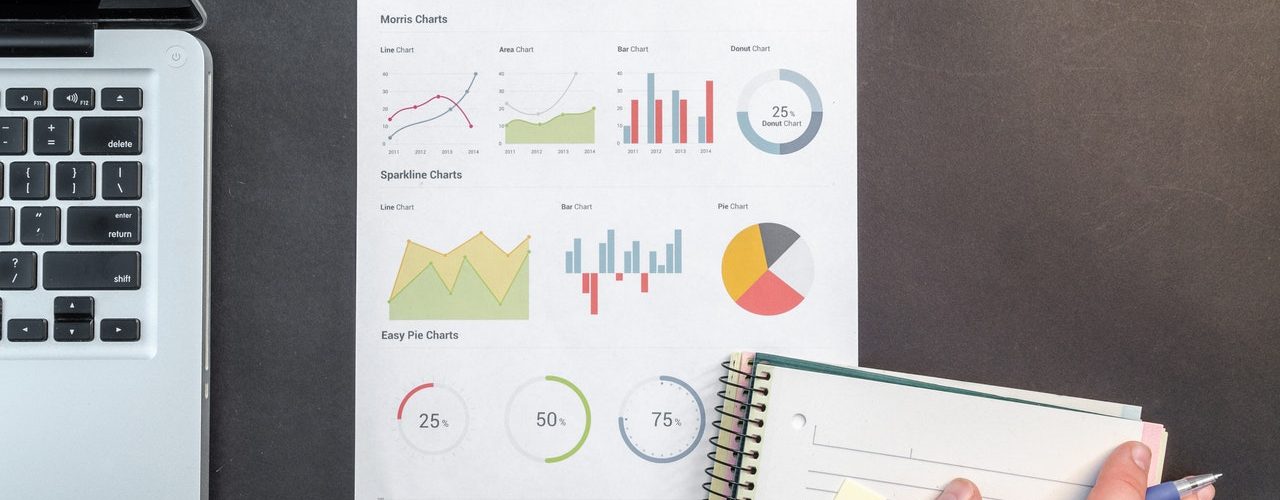Top 5 quantitative market research practices
- Understand how quantitative market research differs from qualitative research
- Choose an appropriate sample size
- Be clear and succinct about your research goals
- Stay calm when preparing to collect data
- Keep questions simple
If you’re looking to quickly gauge general sentiment about a product or service, quantitative market research is the way to go. It can help you quantify attitudes, behaviors, opinions, and the like from your target audience.
Following some best practices as you conduct your research will help produce optimal results. While not exhaustive, the five best practices we discuss below can have a significant impact on your research efforts.
5 quantitative market research best practices
Understand how quantitative market research differs from qualitative research
According to Paul Symonds, Ph.D., of Symonds Training and Research, quantitative research is a much more methodical and numerically driven approach than qualitative research. It’s used to quantify and present data.
Brian Cairns of ProStrategix Consulting adds that quantitative market research is best for predicting consumer behavior based on a fixed stimulus, such as A/B testing a particular ad or gauging purchase interest for a specific product feature.
Cairns says you can also use quantitative market research to further validate qualitative results. For example, if you identify a particular customer purchasing motivation in an interview, you can survey a broader customer sample to see if they have the same motivation.
“Quantitative research is confirmatory, not exploratory like qualitative research,” Cairns cautions. Therefore, quantitative research isn’t useful for exploring customer emotions or motivations. It’s difficult for customers to articulate a feeling based on a canned set of responses.
Choose an appropriate sample size
Since quantitative market research is all about numbers, starting with a sizeable sample puts you in a position to gather more accurate data.
Cairns says you need to have not only a representative sample of the appropriate target audience — such as people who fit your typical customer profile — but a sample that’s large enough to be statistically significant. This means the sample should include enough people to ensure that the data you collect is accurate and not mere chance.
“Exactly how many people you need will depend on your research goals, your budget, and how accurate you need the results to be,” Cairns says.
Be clear and succinct about your research goals
Having clear goals in mind before you begin to collect data impacts the accuracy of your findings. “Unlike in qualitative research, where what you’re attempting to find out may be unknown or evolve as you proceed, quantitative research requires you know exactly what you are seeking to prove from the start,” explains Symonds.
You should also limit your goals to a reasonable number — one to three is typical. Otherwise, you run the risk of asking too many questions or confusing questions, causing participant fatigue and possibly skewing the results.
Stay calm when preparing to collect data
The complex statistical models often referenced for quantitative research, like Mixed Poisson and regressions, can be daunting. Symonds recommends not letting them intimidate you. “Not all of these models are necessary for every situation. In many cases, you can use simple measurements and ways of detailing quantitative research findings, such as in Excel, or use a robust tool that employs more rigorous models for you.”
Keep questions simple
Whatever medium you choose to collect data, remember that you’re looking to quantify the results. Therefore, your questions should evoke clear, predefined responses so that they are easy to measure. Symonds recommends making questions close-ended, asking for yes/no responses, or providing multiple-choice answers.
Avoiding ambiguity is also important. Many survey creators often make the mistake of using double-barreled questions — two or more questions combined into one. Two questions mean two responses, and each response could differ; however, participants can only provide one response.
For example, consider this question: On a scale from 1 to 10, how much do you like X product and X brand? The customer may feel differently about the product and the brand, but be forced to give the same response for both.
Follow these tips, and you’ll be well on your way to a successful quantitative research project.
Looking for more help in your market research journey? We created this lengthy guide on performing market research.











































































Send Comment: